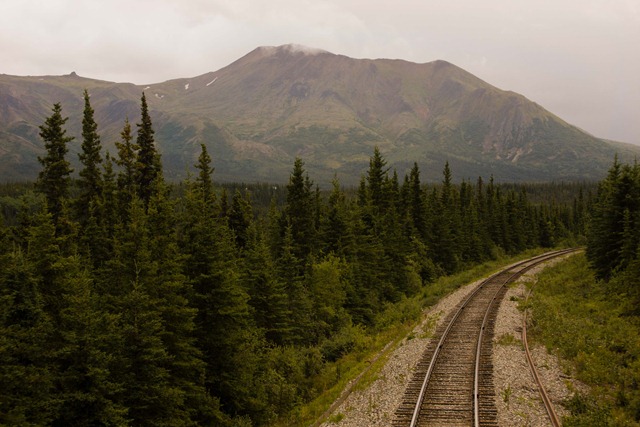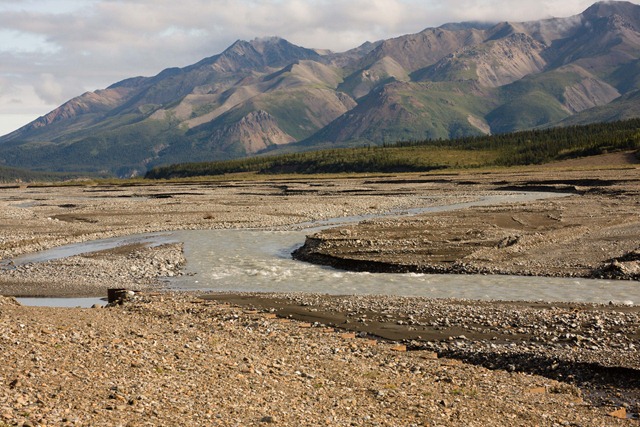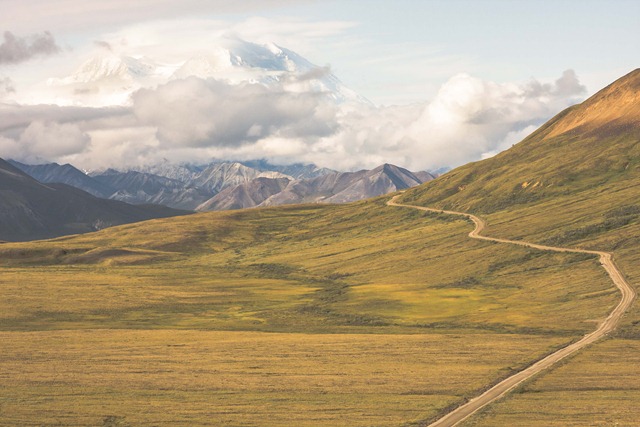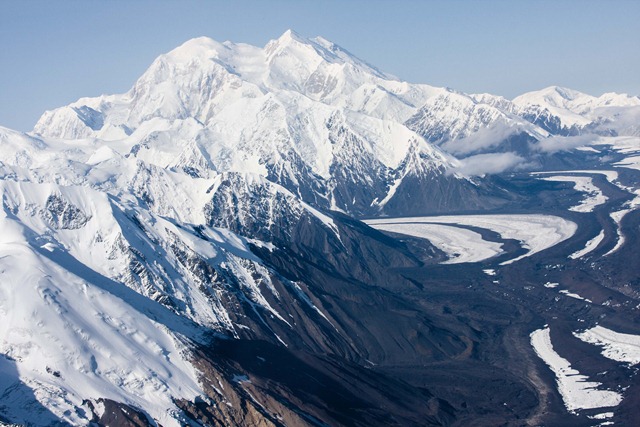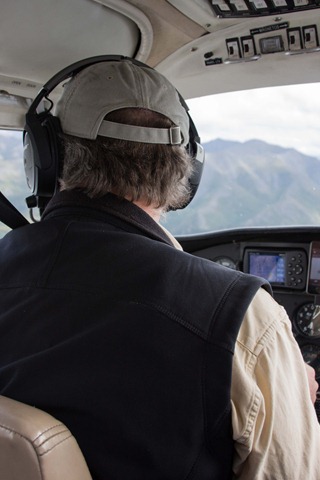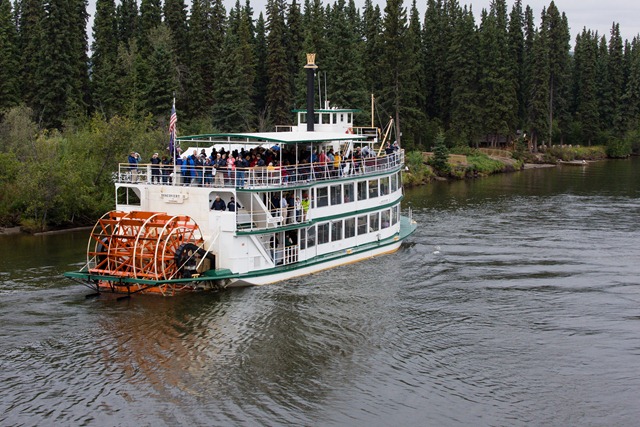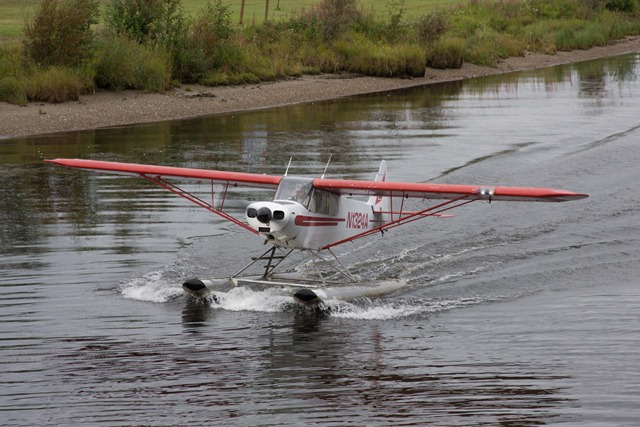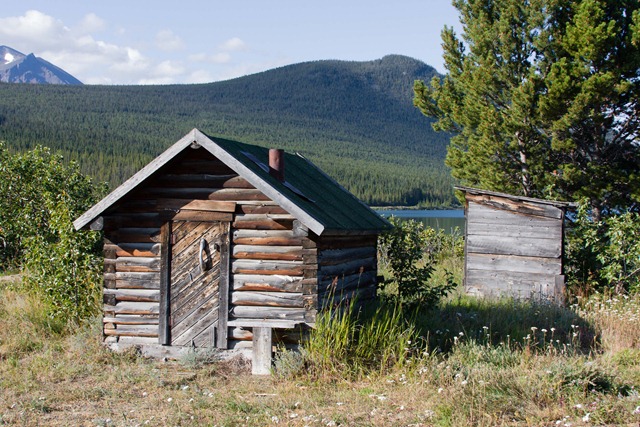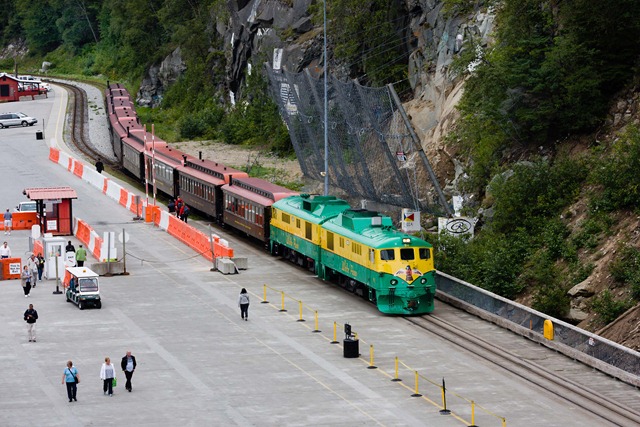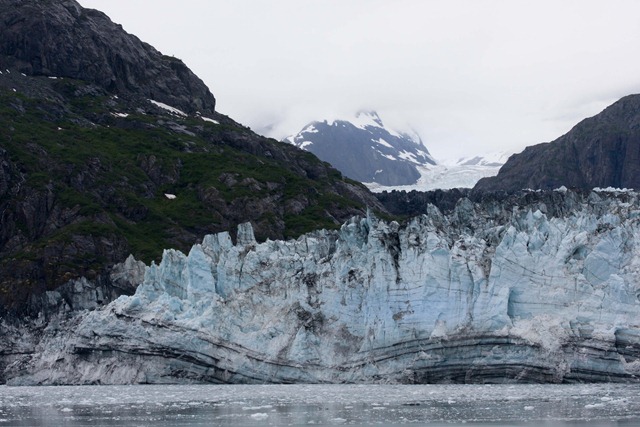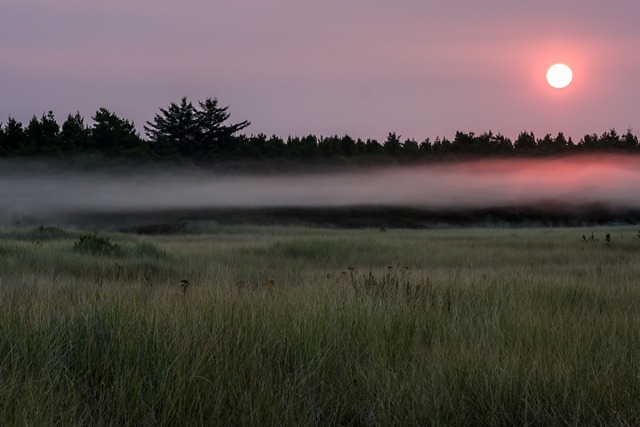One evening this past spring, my lovely wife reminded me that this was the summer for our Alaskan adventure to celebrate our twenty-fifth anniversary. Apparently the promise of said trip was in the fine print of our marriage vows. I quickly discovered that the planning process would not be simple. Not only is Alaska the largest state in the union but it also offers a near endless list of options for sightseeing.
We discussed simply taking a cruise but I was a little uncomfortable with that option. I always assumed that making a voyage on a cruise ship was for those of the gray hair generation. After looking at my passport photo, I quickly decided that I fit that profile! We finally settled on an nine day overland tour by train and bus through the interior of Alaska and the Canadian Yukon before boarding a ship in Skagway for another four nights.
If you ever plan on visiting Alaska, be prepared for any type of weather even in the middle of summer. During our thirteen day trip, we were rained on nearly every day. Upon our arrival in Anchorage, we learned that much of interior Alaska was experience their wettest summer on record. Living and working on the north coast of Oregon has conditioned us to dress in layers and to not leave home without foul weather clothing.
Initially, I was going to leave my camera at home. Alaska receives well over a million visitor annually so I figured the odds of photographing something that no one else has were pretty slim. In the end, I decided to take it because you just never know what you might run across!
We began our journey in Anchorage where we boarded the McKinley Explorer historic railway for our trip to Denali National Park. The park is six million acres in size making it about the size of the state of Massachusetts. Much of the park is locked in permafrost, a permanently frozen layer of earth just below the topsoil that has been frozen for thousands of years. The park is also the home to Mount McKinley, aka “Denali”. Rising 20, 320 feet above sea level, it is the tallest mountain peak on the North American continent.
Views of the white spruce from the rear of the train thirty minutes north of Anchorage
Views of the tundra region within Denali National Park
The Toklat River, Denali National Park
Not every visitor who visits Denali National Park actually gets to see “Denali” because during the summer months it is often shrouded in clouds. We felt very fortunate when we got a glimpse as our tour guide told us that this was only the fifth time he had seen the mountain this summer. If you want to increase your odds of sighting Denali, go during the winter months when the skies are frequently clear. The downside is that the temperature is typically a minus ten degrees or below!
"Denali", AKA Mount McKinley as seen from the Stony Hill overlook
Mount McKinley and the glacial ice flows seen from our airplane tour
Our pilot took us on a one hour flight over the mountain providing us with the ride of our lives
Following our flight, we once again boarded the train for the six hour ride to Fairbanks. Fairbanks is the state’s second largest city and once was the jumping off point for those headed into the interior in search of gold. In those days, the steam boat was vessel of choice because its flat bottom allowed it carry heavy loads in rivers that were shallow and fast moving. Today, these vessels are not powered by steam and their primary use is to give the tourist a taste of days gone by.
The river boat Discovery II navigating the waters of the Chena River
If you visit the interior of Alaska, you will not have to look hard to find a float plane. They are a primary means of transportation for those living in remote areas.
A float plane landing on the Chena River
If you are interested in boats, Alaska should be on you list of places to visit. Every house we saw that was adjacent to a river had one tied up along the bank.
This boat was typical of those found along the Chena River
After we departed Fairbanks we headed northeast on the Alcan Highway to Whitehorse which is located in the Yukon Territory of Canada. No trip up north would be complete without a stop at North Pole, Alaska to see the world’s largest Santa Clause.
The “Big Guy” stands forty-two feet high and weighs in at nine hundred pounds
Even the fire hydrants are decked out for Christmas at North Pole
After a long day on the bus, we arrived in Whitehorse which is the largest city in the Yukon Territory. Early the next morning we made the trek to Kluane National Park and Reserve which is home to numerous mountain ranges and the world’s largest non-polar ice fields. Unfortunately the skies were gray from the persistent low cloud cover so were unable to see the famed lofty peaks. We did however take the Kathleen Lake Cultural Cruise, our guide was Captain Ron who is a local First Nations elder. His small boat is the only-motorized access into the park and he regales you with tales of the local First Nation people, geology of the park, and life in the harsh Yukon environment.
The waters of Kathleen Lake are actually this color of blue
Our next stop was a quick visit to Carcross, population 52, which was formally known as Caribou Crossing. The area was once the hunting and fishing camp of the Inland Tlingit and Tagish First Nation People. In the late 1800s the area became a popular stopping place for prospectors headed to the gold fields of Dawson City.
This was the most interesting house I saw while visiting Carcross
After wandering the dirt streets of Carcross, we boarded the bus for Fraser, British Columbia, our last stop in Canada. Once arriving in Fraser, we boarded the White Pass Railroad and slowly descended from the mountains into the valley below where the city of Skagway, Alaska sits. We quickly boarded our ship, found our cabin and settled in for the remaining four days.
The White Pass Railroad making its way along the dock in Skagway before returning to Fraser
We sailed into Glacier Bay National Park early the next morning and were again greeted by gray skies that alternated between drizzle and outright rain. The lovely wife and I had come too far to be deterred by a little rain. We grabbed our cameras, binoculars, and rain gear and headed for the ship’s top deck which offered unobstructed viewing. Fewer than fifty peopled experienced the beauty of the glaciers from this wind swept deck.
3.3 million acres of mountains, glaciers, temperate rainforest, and deep sheltered fjords, the park is the highlight of Alaska's Inside Passage

The ice flow from a calving glacier
The face of the Grand Pacific glacier
So ends our journey to Alaska; gone from home a total of fifteen days, traversed 3,951 miles by land, sea, and air and returned with countless memories that will last a life time!
